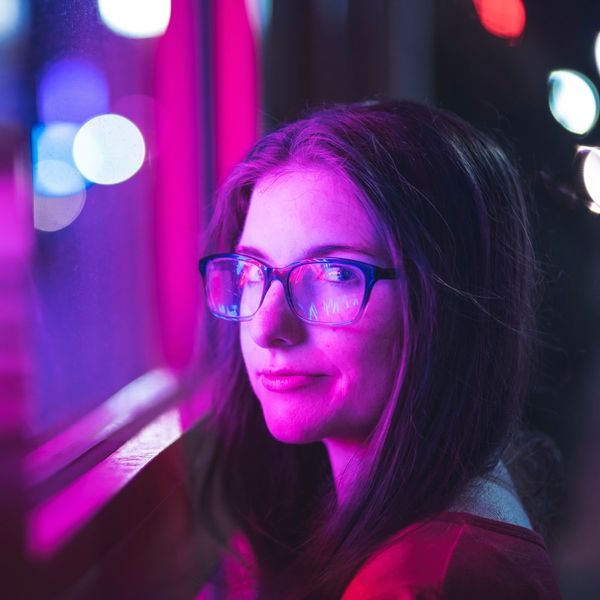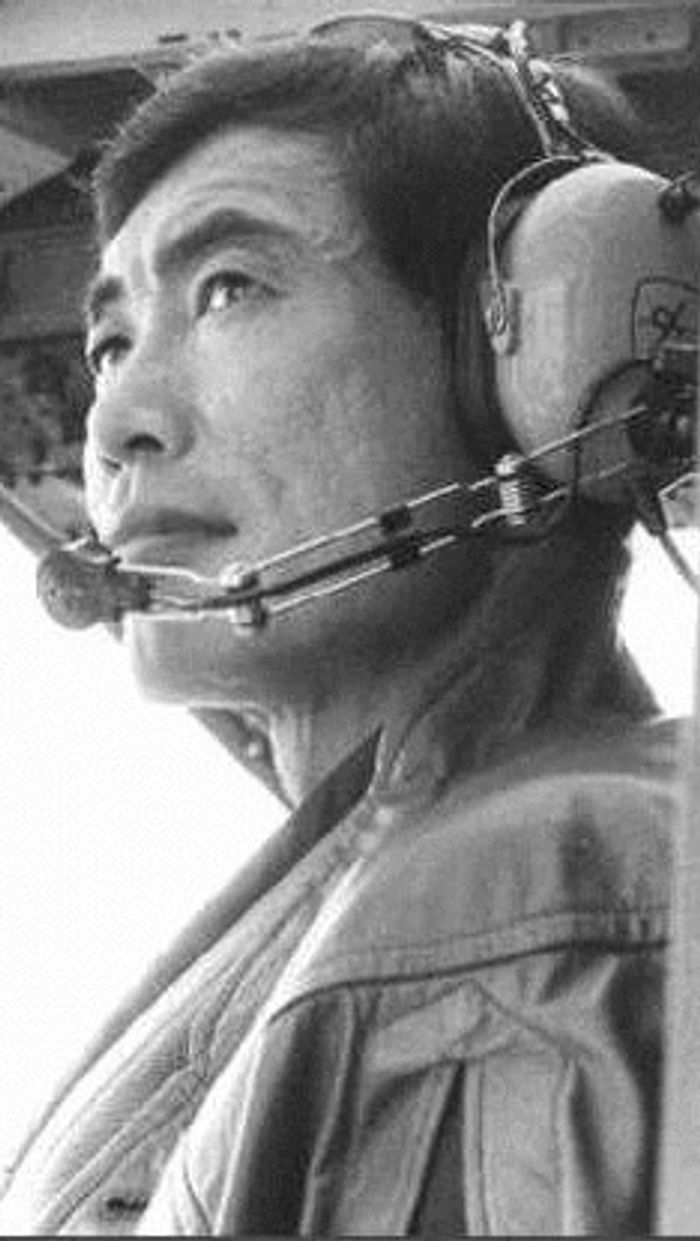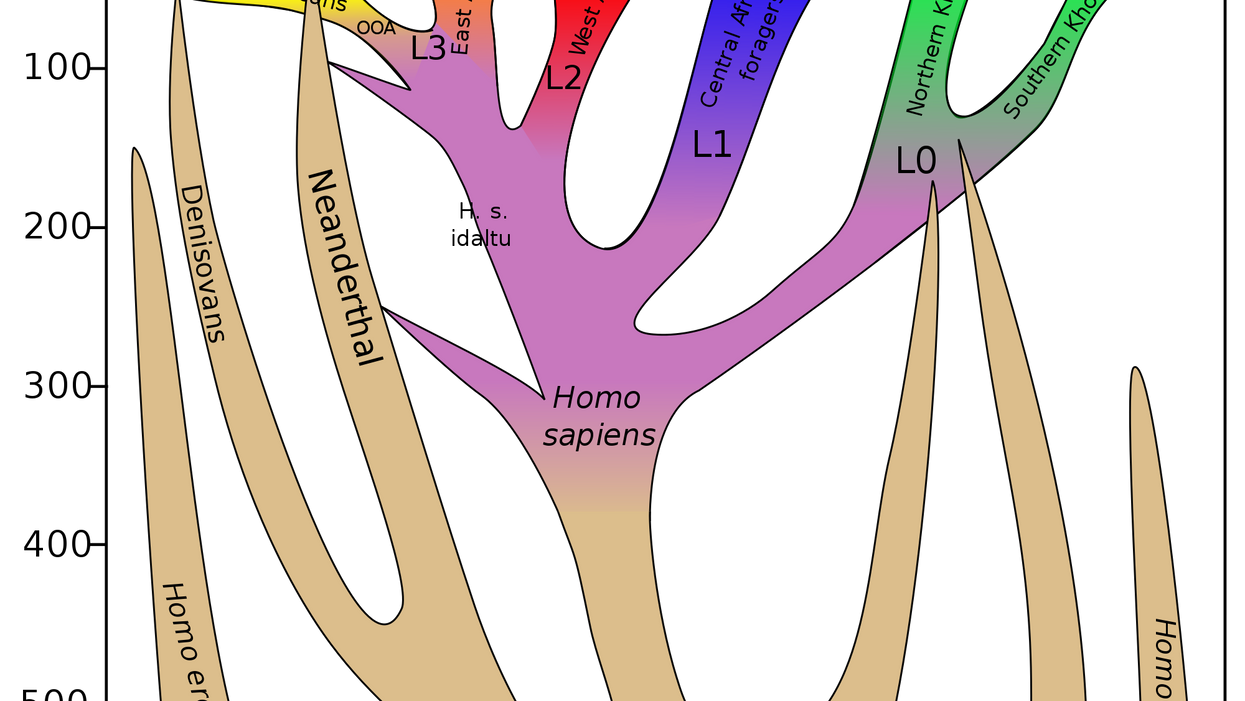On our second episode of George Takei's " Oh Myyy Pod!" podcast, host George Takei and co-host Todd Beeton further explore the roots of the "BBQ Becky" phenomenon.
Why do white people call the police on people of color for doing ordinary everyday things in public spaces?
We speak with Robin DiAngelo, whose best-selling book White Fragility explores why white people often react defensively and even confrontationally when challenged on their assumptions about race and when faced with racial discomfort.
As DiAngelo explains, she, as a white progressive, is no less racist than Donald Trump. And if you're a white progressive yourself, that likely goes for you as well.
Find out why below.
You can listen to Episode 1 here:
Be sure to
subscribe to George Takei's "Oh Myyy Pod!" podcast so it shows up in your feed and please rate us up so others are able to find us as well.
Guest:
- Robin DiAngelo is the author of White Fragility: Why It's So Hard for White People to Talk About Racism, which was released in June 2018 to universal acclaim and has maintained its spot on the New York Times best-seller list for more than a year. DiAngelo has worked in the field of racial justice as an associate professor, sociologist, and educator for more than two decades. She coined the term "White Fragility" in 2011 and released her best-selling book of the same name in 2018. She will release a follow up book in 2020 or 2021 exploring the need for white people to break with white solidarity in order to better support efforts toward racial equality.

Related Reading
- Get your copy of White Fragility at Amazon.
- Read Robin DiAngelo's 2011 paper, White Fragility
"White people in North America live in a social environment that protects and insulates them from race-based stress. This insulated environment of racial protection builds white expectations for racial comfort while at the same time lowering the ability to tolerate racial stress, leading to what I refer to as White Fragility. White Fragility is a state in which even a minimum amount of racial stress becomes intolerable, triggering a range of defensive moves. These moves include the outward display of emotions such as anger, fear, and guilt, and behaviors such as argumentation, silence, and leaving the stress-inducing situation. These behaviors, in turn, function to reinstate white racial equilibrium."
- Read Robin DiAngelo's OpEd in The Guardian: White People Assume Niceness Is The Answer To Racial Inequality. It's Not.
"The default of the current system is the reproduction of racial inequality. To continue reproducing racial inequality, the system only needs for white people to be really nice and carry on – to smile at people of color, to go to lunch with them on occasion. To be clear, being nice is generally a better policy than being mean. But niceness does not bring racism to the table and will not keep it on the table when so many of us who are white want it off. Niceness does not break with white solidarity and white silence. In fact, naming racism is often seen as not nice, triggering white fragility."
Matthew Nicholson | Editor-In-Chief | matthew@the-social-edge.com
Nora Henick | Director of Audience Development | nora@the-social-edge.com
Kate Kishbaugh | Director of Operations, The Social Edge | kate@the-social-ege.com
Blair Shepard | CRO, The Social Edge | blair@the-social-edge.com
Lorenzo Thione | President, The Social Edge | lorenzo@the-social-edge.com
Jay Kuo | CEO, The Social Edge | jay@the-social-edge.com
July, 1999, LOS ANGELES, CA - It's hard to believe, but here we are now halfway past the final year of this century. For that matter, the final year of this millennium. It does give me a sense of the momentousness of time.
July began with a singularly 20th-century experience that resonated with portents both terrestrial and extra-terrestrial. I did a Star Trek convention in Roswell, New Mexico, the place that claims to have had a visitation from outer space just a bit more than fifty years ago. There couldn't be a more fitting locale for a Star Trek con. My manager, Brad Altman, and I flew into Albuquerque, then he drove me the three-plus hours down to Roswell across the sun-scorched New Mexican landscape. We saw incredibly picturesque billows of dark clouds edged in radiant light. Then, off in the distance, we saw a flash of silent lightning on the horizon. As we drove on, we saw more flashes with increasing frequency. Before we knew it, we were driving through a storm of lightning bolts spearing the ground all around us. Right, left, front and rear. All with no sound, no rain. We drove on through this bizarre storm for about five minutes and suddenly, it was over. As if we had crossed some invisible meteorological border, the soundless lightning flashes stopped. But a few minutes later, like bullets fired at us from the sky, hailstones began falling on our rental car. The pounding got so loud, it seemed like we were being attacked by some fighter craft from above. We could barely see beyond the windshield. Then, as suddenly as it started, the hail assault was over. The sky cleared and we were driving through picture postcard New Mexican scenery again.
An hour later, a Days Inn Motel, looking brand spanking new, appeared on the roadside. We drove past a simple but tidy Travel Lodge, then a 7 Eleven, a Burger King, a Ramada Inn, the signposts to Americana U.S.A. Before long we were driving down Main Street with dress shops, thrift stores, a bookstore, and a Denny's on the corner. Then we came upon a 1930's art deco movie theater that obviously had been converted to more distinctive use. There was a crowd anxious to get in waiting under the sun bleached, jazz era marquee. It read, "U.F.O. Museum." We had arrived in Roswell, New Mexico. It was the very picture of a pleasant, upbeat community but with a singular distinction. The unidentified flying object was not only a local phenomenon and an alleged government conspiracy but a thriving industry as well.
The Chamber of Commerce was one of the sponsors of this Star Trek convention. It began with a ribbon cutting at a specialty store called Alien Zone. Roswell mayor, Bill Owen, was there to greet the public and the press. The local Toyota dealership was providing transportation for the celebrities and dignitaries. The business establishment was solidly behind this Star Trek convention. Chatting with Mayor Owen after the event, I learned that he was a native of Roswell but had been an FBI agent in Washington, D.C. in another life, as had his attractive wife. It occurred to me that an "X Files" convention could do well here as well.
Every convention has something unique about it but I must confess Roswell is the only place where I did my autograph signing sessions in a gallery filled with displays of mock-up alien visitors to Roswell back in 1947. They are depicted as about four feet tall with swelled, bald heads and enormous, dark, haunting eyes. Their spindly, elongated limbs are attached to a thin torso. Why do these alien life forms consistently seem to take on somewhat anthropomorphic shape? Is it that the people who have these encounters cannot see alien life taking forms other than basically our own? Much as Japanese artists who saw white people for the first time with Commodore Matthew Perry's visit to Japan in 1853 drew Caucasians with unambiguous Japanese features distinguished only by strange costumes and odd beards. If we are going to be venturing beyond this planet, it seems to me, we are going to have to have much more open minds and far greater imagination.
The consistent element with these conventions however, is the fans. Wherever we go, they are enthusiastic, dedicated and celebrants of the Star Trek view of pluralism. "Infinite diversity in infinite combinations" was vibrantly on display in Roswell in the combinations of ethnicities, lifestyles and ideas. May it live long and prosper.
Ethan Philips, that wonderful actor from one of our spin-off shows, "Star Trek: Voyager," was the other guest at this con. What a terrific stand-up comic he is! His performance at the convention dinner was painfully funny. Without any sense of shame or conscience, he told "my wife" jokes with his long-suffering wife right there in the audience in front of him. The crowd roared as she sat impassively in its midst.
I'm writing this on July 14. Tomorrow morning, I'm off to another convention in Raleigh, North Carolina with Walter Koenig, Jimmy Doohan and Nichelle Nichols. We keep on trekking, boldly going wherever this trek will take us. Next month, I'll be in Chicago on August 5, on the Navy Pier celebrating a summer festival. Stay tuned.
September, 1999, ATLANTA — Last month I marveled at the myriad ways in which we are now interconnected technologically -- satellite communication, supersonic transportation and the internet (see "What's New" for August). On a recent trip to Atlanta I experienced the substance of our human interconnectedness more profoundly than I have ever felt before.
As a trustee of the Japanese American National Museum, I flew to Atlanta for the opening of two of our traveling exhibits, "America's Concentration Camps" and "Witness: Our Brothers' Keepers."
"America's Concentration Camps" is an exhibit on a dark chapter of American history that is also a story of my early boyhood. When I was 4 years old, Japan bombed Pearl Harbor and the U.S. was plunged into the fires of World War II. Our nation -- despite its ideals -- failed to draw the distinction between the imperialism of Japan and the citizenship of Americans of Japanese ancestry. With no charges and no trial, but simply based on race, Japanese Americans were forcibly rounded up from our homes on the West Coast and herded into 10 barbed wire camps in some of the most god-forsaken parts of the country.
As detailed in my autobiography To the Stars, I was taken with my family from our home in Los Angeles to a camp in the swamps of Arkansas. A year later we were moved to a desolate, wind-swept dry lakebed in northern California near the Oregon border. Four years of my childhood were spent confined behind the barbed wire fences of American concentration camps. Not until the end of the war did we return to Los Angeles.
For my parents, it was the most horrific experience of their lives. Everything was lost — property, business and, most of all, freedom. As astonishing as this story may seem to many Americans, it did happen right here in this country. The "America's Concentration Camps" exhibit had closed at the Ellis Island Museum in New York after a year-long run and opened in August at Atlanta's William Breman Jewish Heritage Museum.
A second exhibit, "Witness: Our Brothers' Keepers," is another extraordinary story with an ironic linkage with the Jewish community. Despite the incarceration of their families, an amazing number of young Japanese American men and women put on the uniforms of the U.S. military and fought with uncommon valor in both the European and Pacific theaters of the war. The all-Japanese American, 442nd Regimental Combat Team returned from the battlefields of Europe as the single most decorated American military outfit.
A strange irony of this war, however, is that another Japanese American outfit, the 522nd Field Artillery Battalion, forced open the gates to Dachau, the Nazi death camp that held Jewish, Gypsy and homosexual inmates from throughout Europe. While their own families were confined behind American barbed wire fences, these Japanese American soldiers were liberating the prisoners of the Nazis from their barbed wire incarceration. Certainly, the American concentration camps came nowhere close to the grotesque horrors the Japanese American soldiers found in the Nazi death camps. Providentially, there was no American policy of systematic elimination of people. But these Japanese American soldiers undoubtedly felt some poignancy in their linkage with the Jewish prisoners.
I certainly felt this linkage as I mingled among the people gathered for the opening of the exhibits at the Breman Jewish Heritage Museum. After the formal program where I shared the stage with Daniel Inouye, the war hero and U.S. Senator from Hawaii, my duty was to informally impart some of my childhood memories with the people in attendance as I moved among the exhibits. I found myself in turn deeply moved and enlightened by the stories that the Jewish people there shared with me of relatives lost to the Nazi holocaust. There is a horrific difference of degree in our stories but the lesson to be learned from both our histories is a common one. Bigotry combined with hysteria is the hideous ingredient of massive injustice.
This very same lesson was underscored the following day on a visit to the Dr. Martin Luther King Jr. Memorial in Atlanta, an important landmark of the American civil rights movement. Dr. King's birthplace is there, as is the Ebinezer Baptist Church where he, his father and his grandfather preached. His marble tomb rests on an island in the middle of a calm reflecting pool. Across the street is a museum of Dr. King's life and the civil rights movement.
As I moved through the exhibits, I was struck again by our interconnectedness. Bigotry takes on many forms. It manifests itself in different ways. Dr. King and the civil rights movement challenged the stony face of institutionalized bigotry. But he also confronted the bigotry and violence of his own people -- the rage that rises out of abject despair. His courage in facing down both the Black Panthers as well as a Sheriff "Bull" Connors, the personifications of racism in both races, was profoundly inspiring. He refused to be lowered to the depths of any bigot -- black or white. He was a firm apostle of non-violent social change.
I remembered a long ago day in the 60s, when I met Dr. King. I was performing in a civil rights musical titled "Fly Blackbird" in Los Angeles. The cast was asked to sing a few numbers from the show at a huge rally where Dr. King was to be the main speaker. It was a massive gathering at the L. A. Sports Arena. When he spoke, Dr. King's words connected mightily. He transported the crowd with his soaring eloquence. It was after this speech that we were escorted to Dr. King's dressing room. I will never forget this meeting. I remember taking his proffered hand. I remember the thrill of the human connection with an extraordinary man. Through his touch, I felt somehow linked to his ideals, his vision and his courage. It was this linkage that surely strengthened my participation in the civil rights movement. It was certainly this inspiration that galvanized me toward the movement to gain redress for Japanese Americans for our incarceration during World War II. It was his faith in the power of the American system and its ideals that invigorated me. And in 1988 -- more than four decades late, but ultimately nevertheless, this nation acknowledged its terrible mistake and Congress passed the redress bill for the wartime incarceration of Japanese Americans. Dr. King's spirit was there with me in this struggle as well.
Our lives and our communities are not separate. We are inextricably interlinked. What happens to one group impacts another. Yes, we may live in an amazing technologically interconnected world. But ultimately, what gives substance to the technology is our human interconnection.


















































